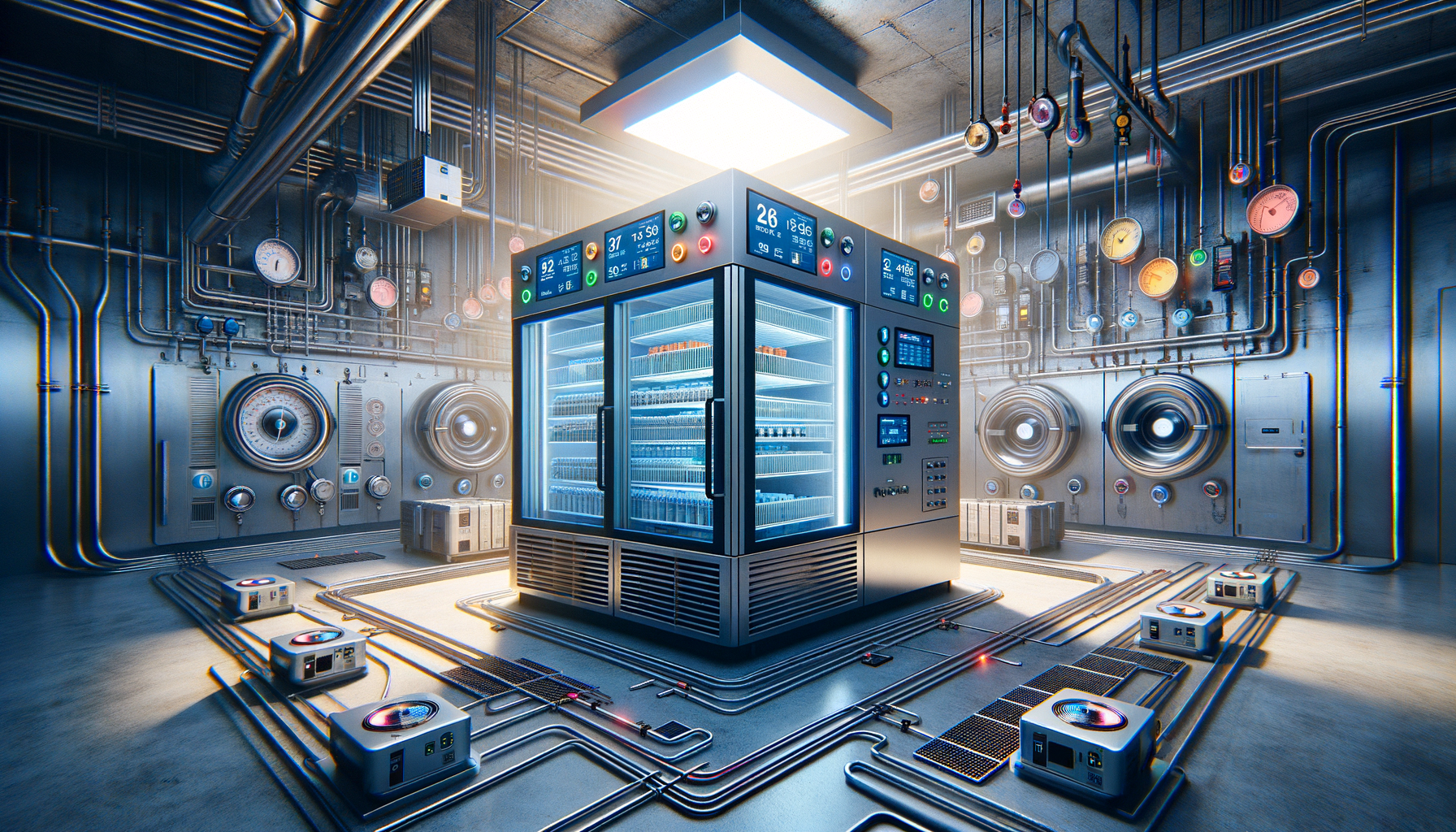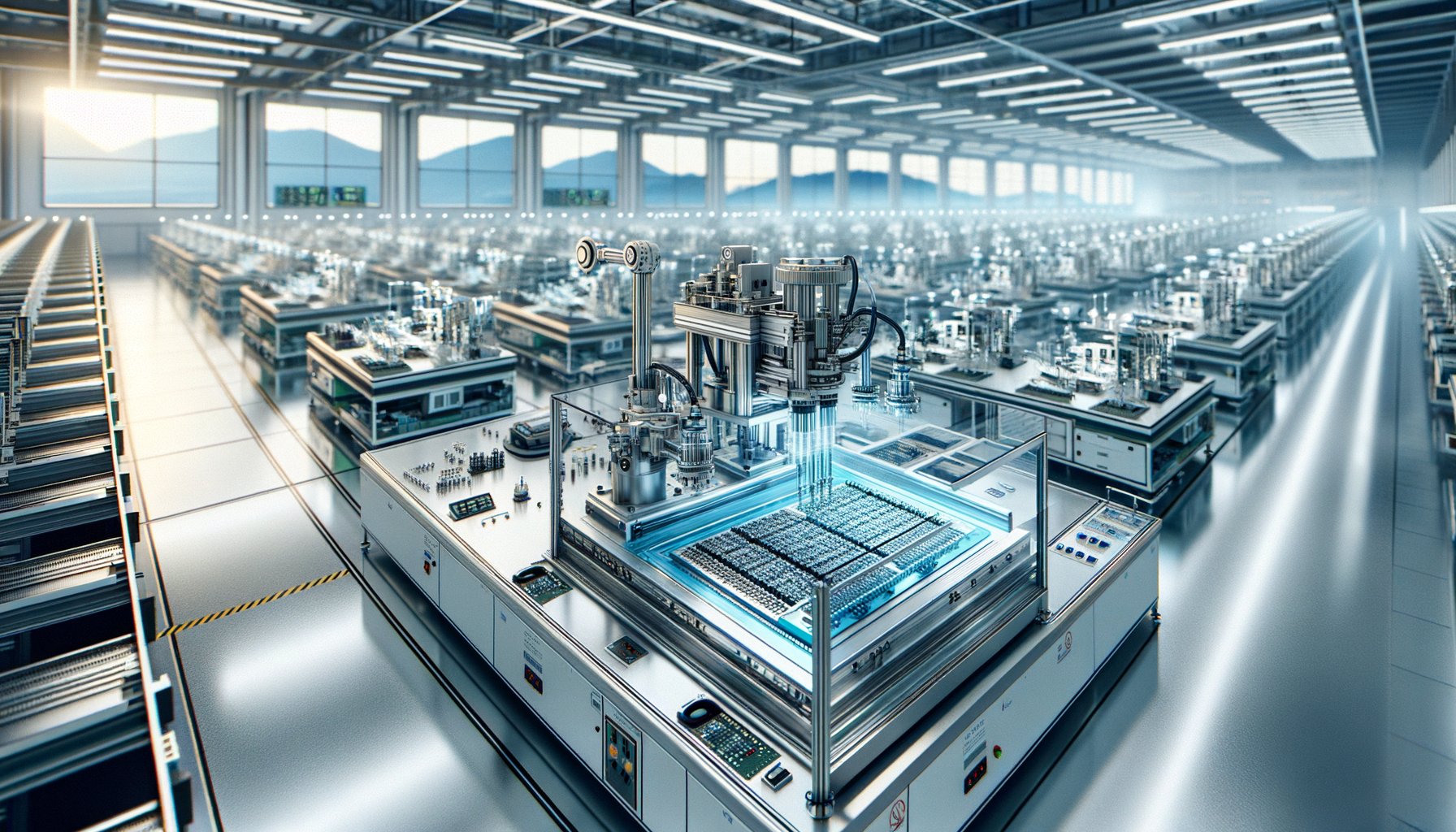
Cold Room Temperature Monitoring System: Essential for Quality Control and Compliance
Introduction to Cold Room Temperature Monitoring Systems
In industries where temperature-sensitive goods are stored, maintaining precise environmental conditions is crucial. Cold room temperature monitoring systems are integral to ensuring that these conditions are met consistently. These systems not only safeguard the quality of products but also ensure compliance with industry regulations. In this article, we will delve into the significance of these systems and explore their various aspects.
The Importance of Temperature Monitoring for Quality Control
Temperature control is a critical component of quality assurance in industries like food and pharmaceuticals. Products stored at incorrect temperatures can deteriorate, leading to financial losses and health risks. Cold room temperature monitoring systems help mitigate these risks by providing real-time data on environmental conditions. This data allows for immediate corrective actions if deviations occur. Moreover, maintaining optimal temperatures ensures that products retain their intended quality and efficacy.
Some benefits of effective temperature monitoring include:
- Prevention of spoilage and waste
- Ensuring product safety and efficacy
- Compliance with industry standards and regulations
Compliance with Industry Regulations
Regulatory bodies have stringent requirements for temperature-sensitive goods, especially in the food and pharmaceutical sectors. Compliance with these regulations is not just about avoiding penalties; it’s about ensuring consumer safety and maintaining brand reputation. Cold room temperature monitoring systems provide the necessary documentation and data logs to demonstrate compliance during audits. These systems automate the monitoring process, reducing human error and ensuring consistent record-keeping.
Key aspects of compliance include:
- Maintaining accurate temperature logs
- Providing data for audits and inspections
- Ensuring traceability and accountability
Technological Advancements in Temperature Monitoring Systems
The technology behind cold room temperature monitoring systems has evolved significantly. Modern systems offer remote monitoring capabilities, allowing users to access data from anywhere, at any time. These systems often come equipped with alarms and notifications, alerting users to any deviations in real time. Additionally, advanced analytics tools help in predicting potential issues before they become critical, thereby enhancing preventive maintenance strategies.
Innovations in this field include:
- Integration with IoT for enhanced connectivity
- Cloud-based data storage for easy access and security
- Machine learning algorithms for predictive analytics
Conclusion: Embracing Temperature Monitoring for Future Readiness
As industries continue to evolve, the role of cold room temperature monitoring systems becomes increasingly pivotal. These systems not only protect the quality and safety of products but also facilitate compliance with ever-tightening regulations. By embracing these technologies, businesses can enhance their operational efficiency, reduce risks, and ensure they are well-prepared for future challenges. Investing in a robust temperature monitoring system is not just a compliance measure; it’s a strategic decision for sustained growth and consumer trust.


